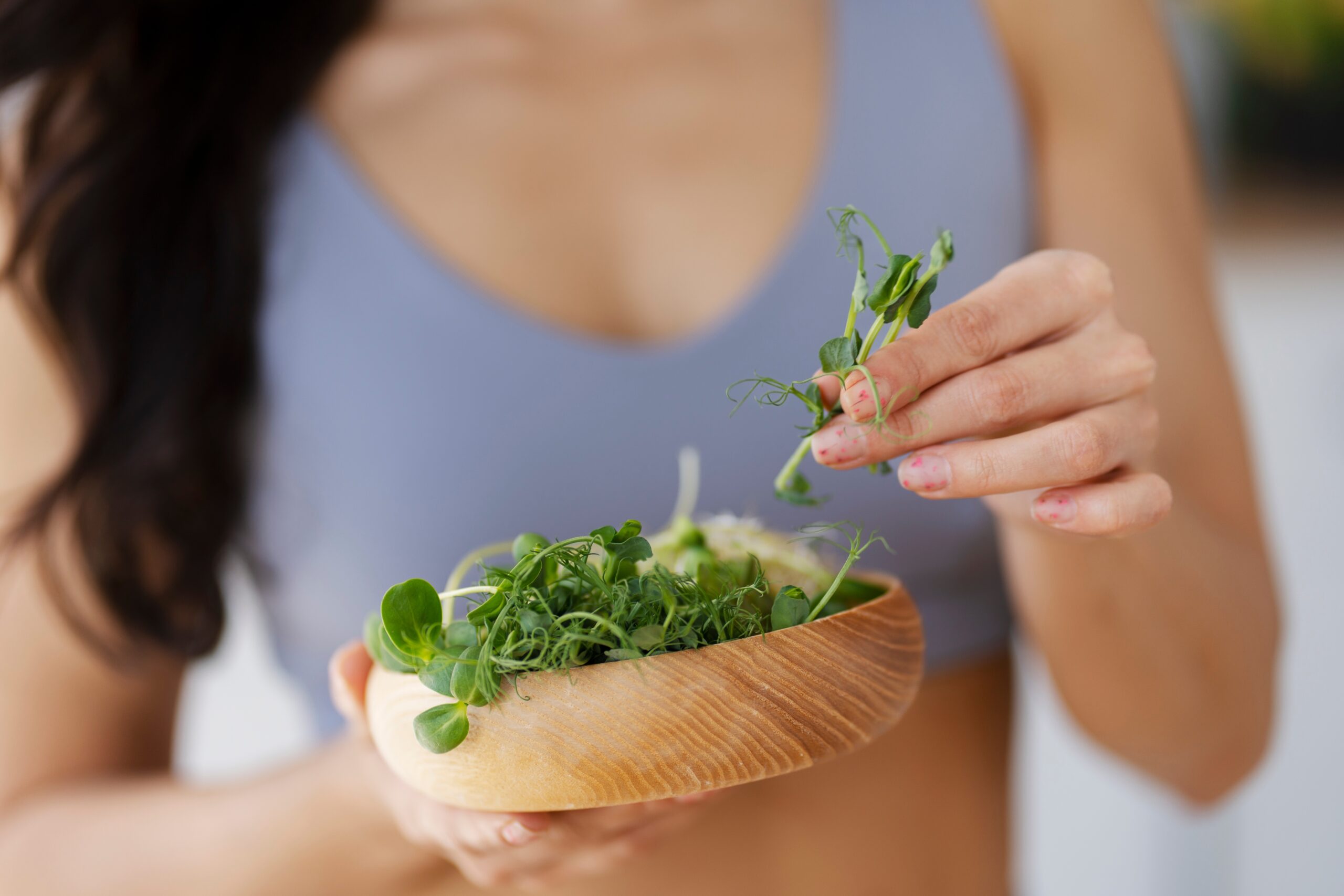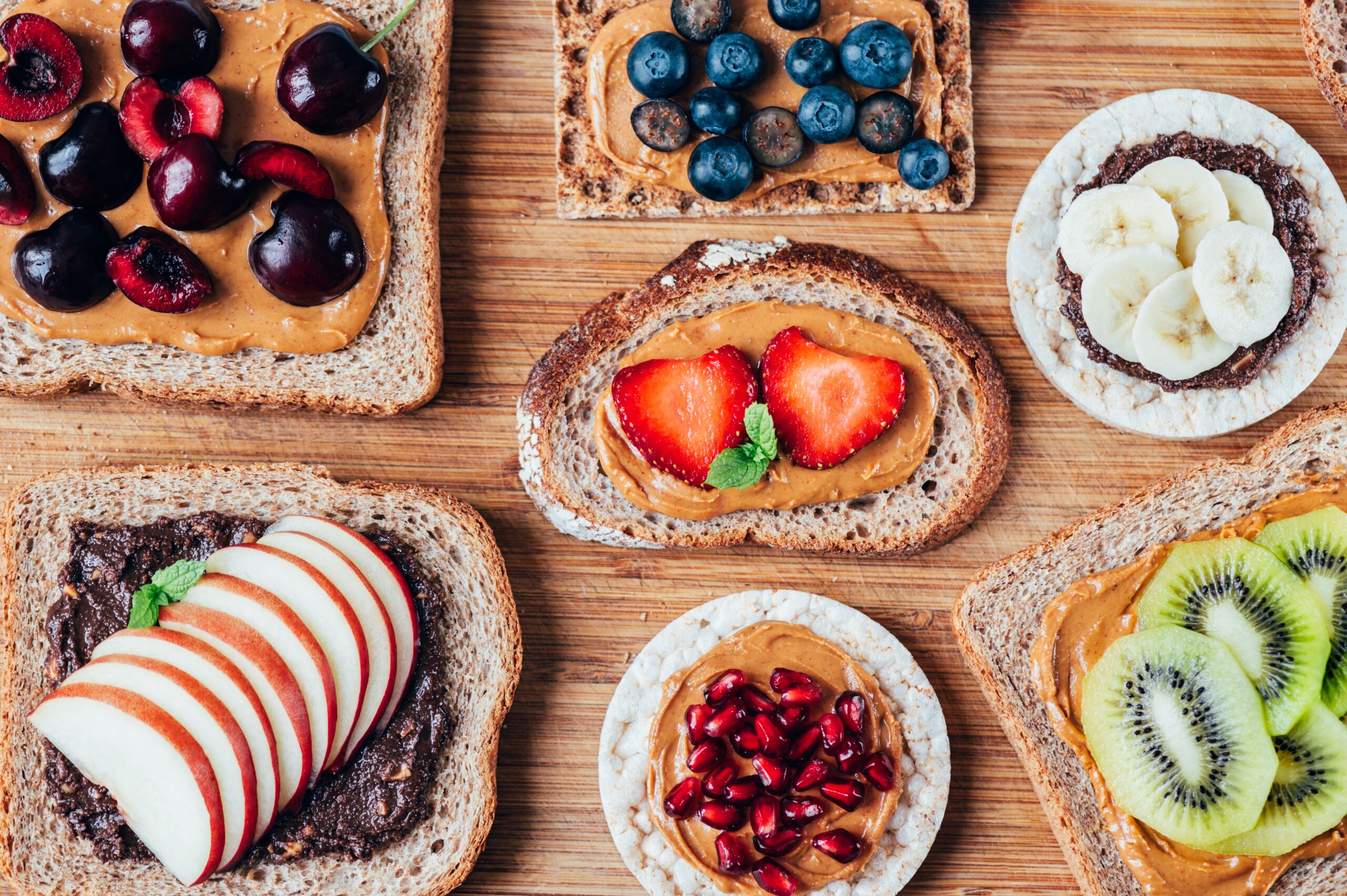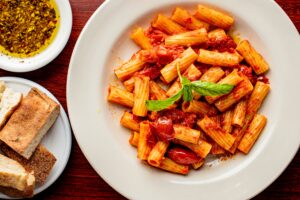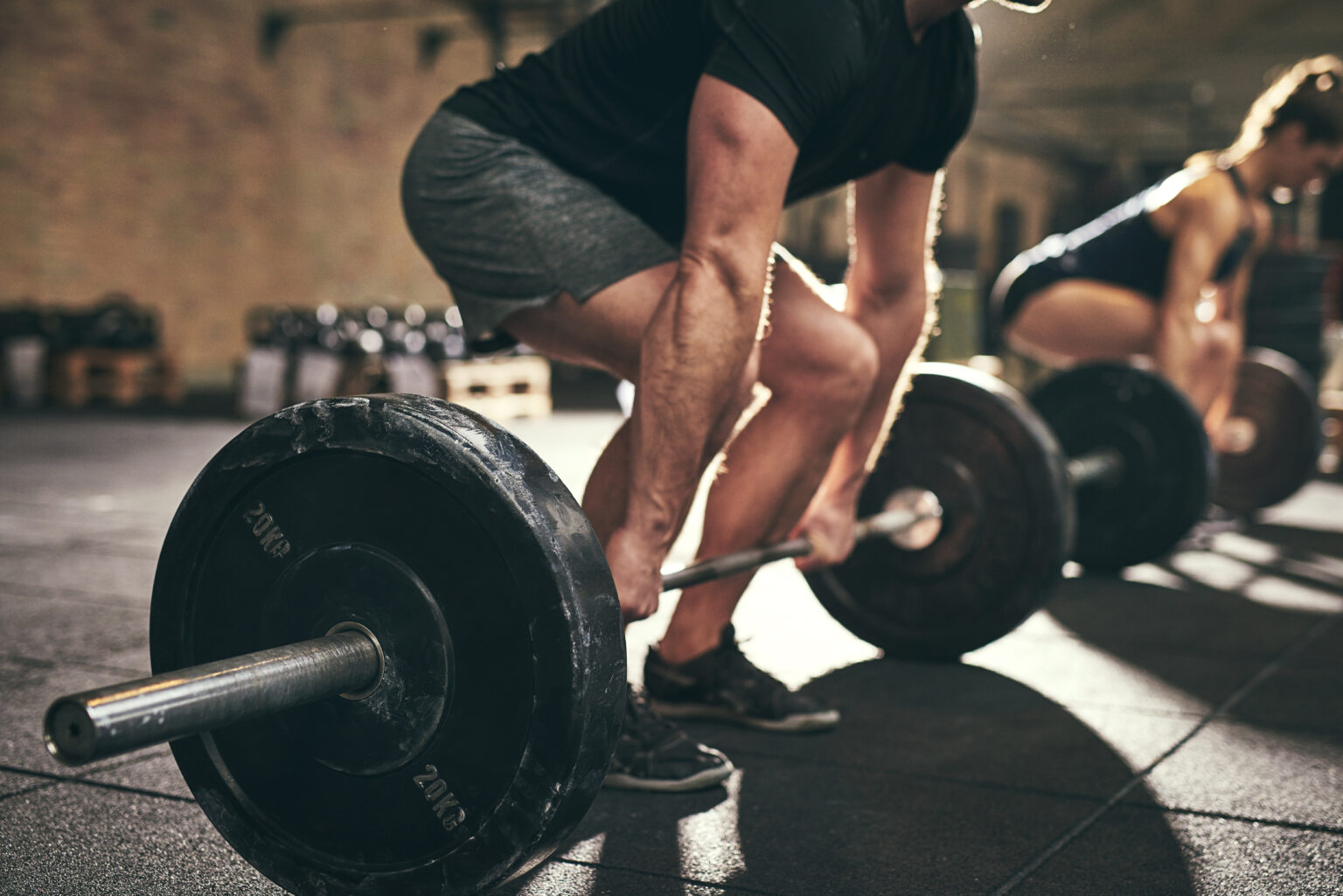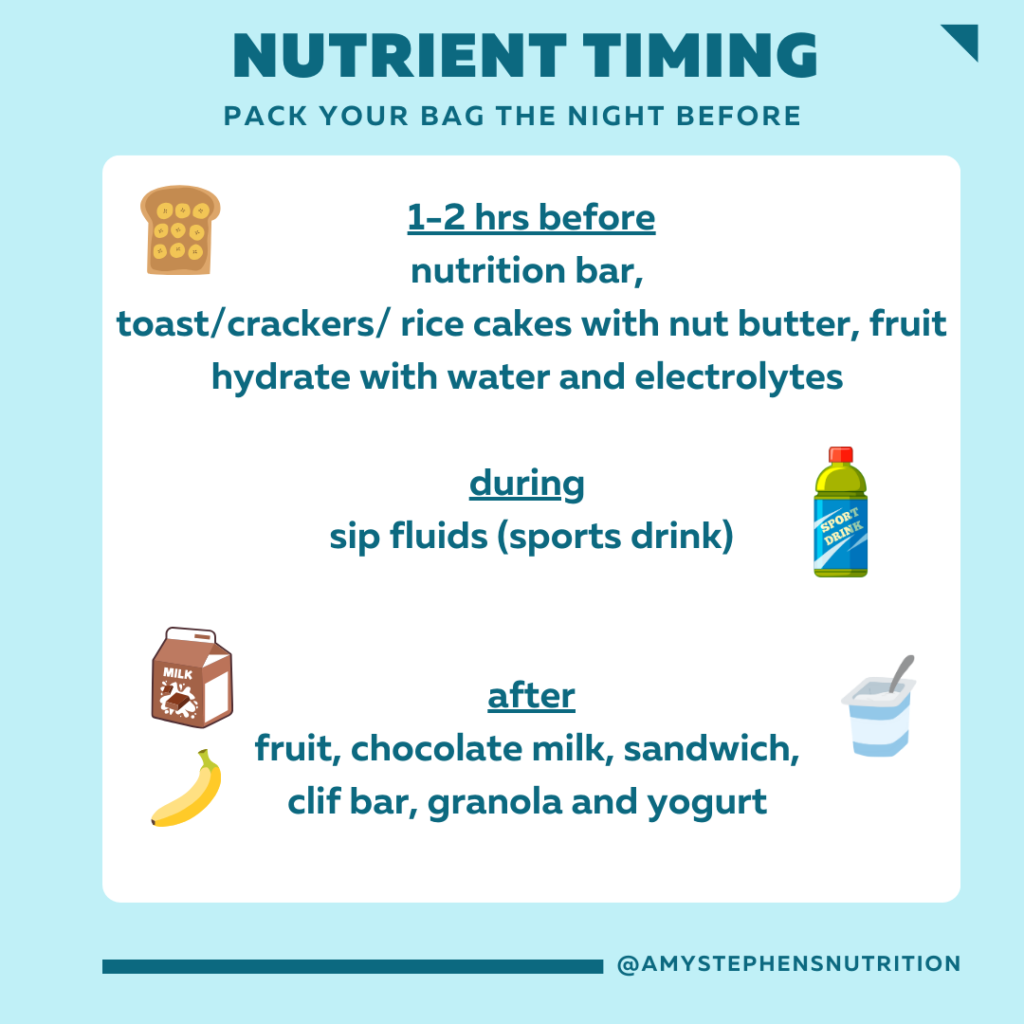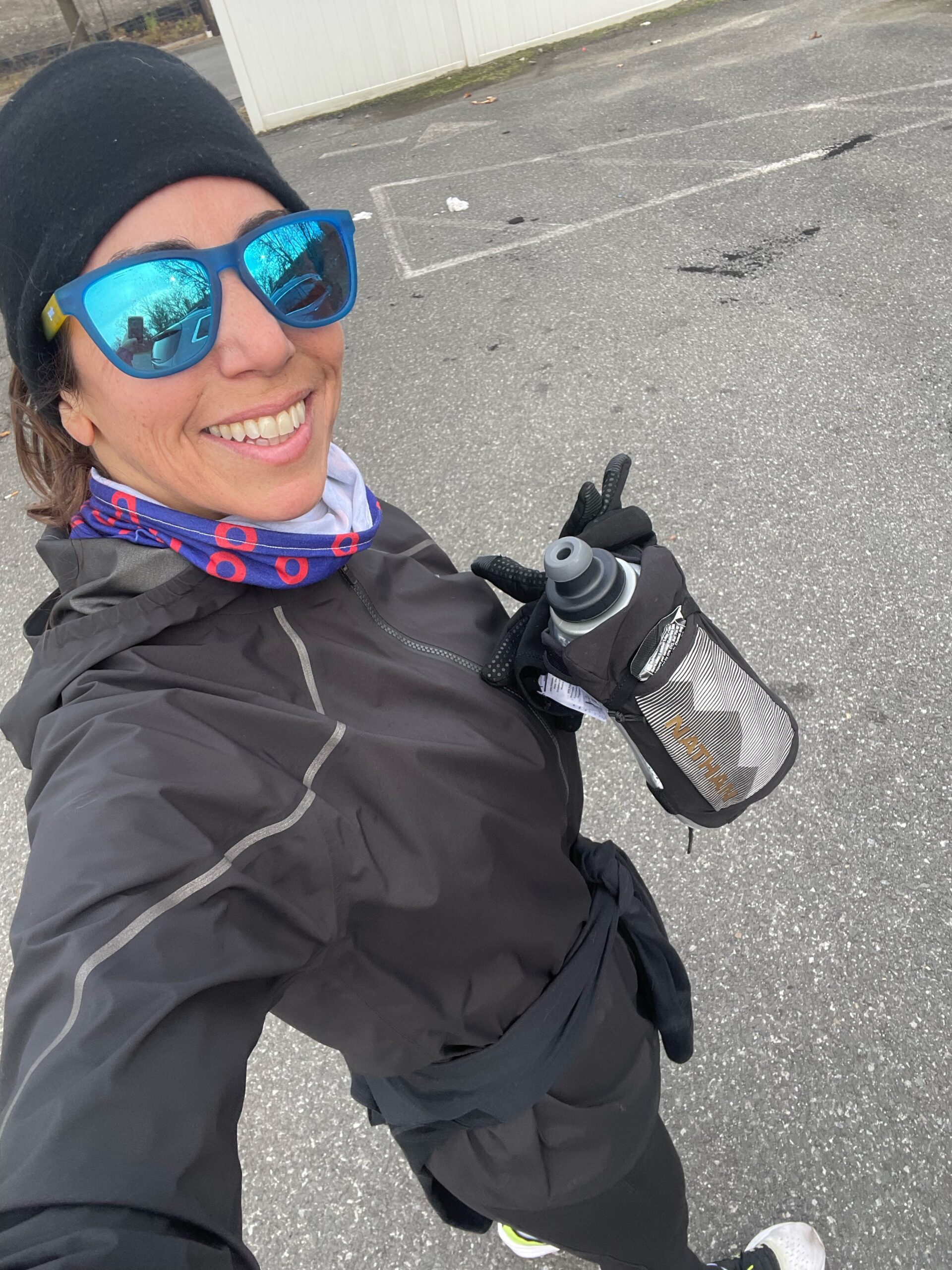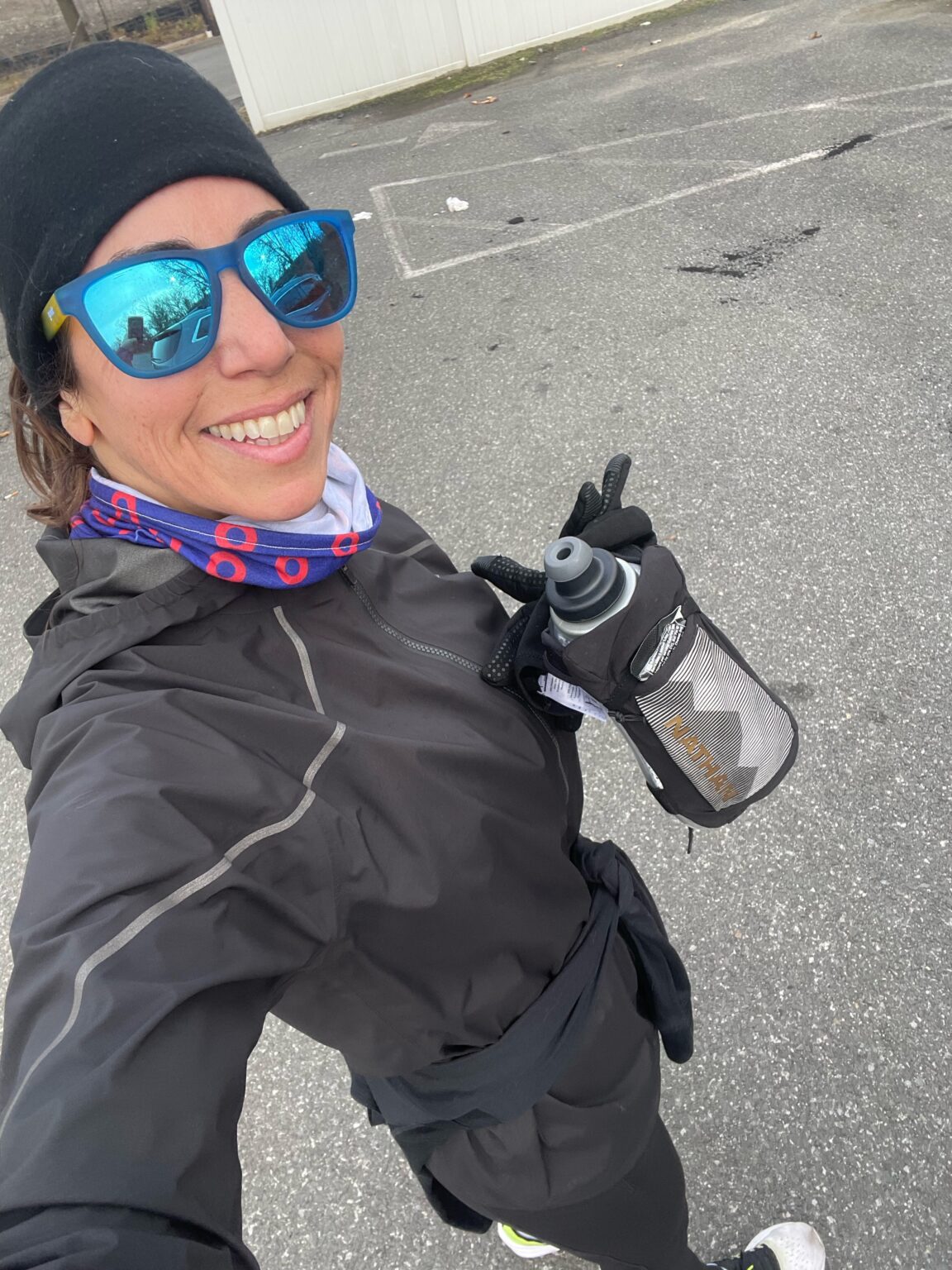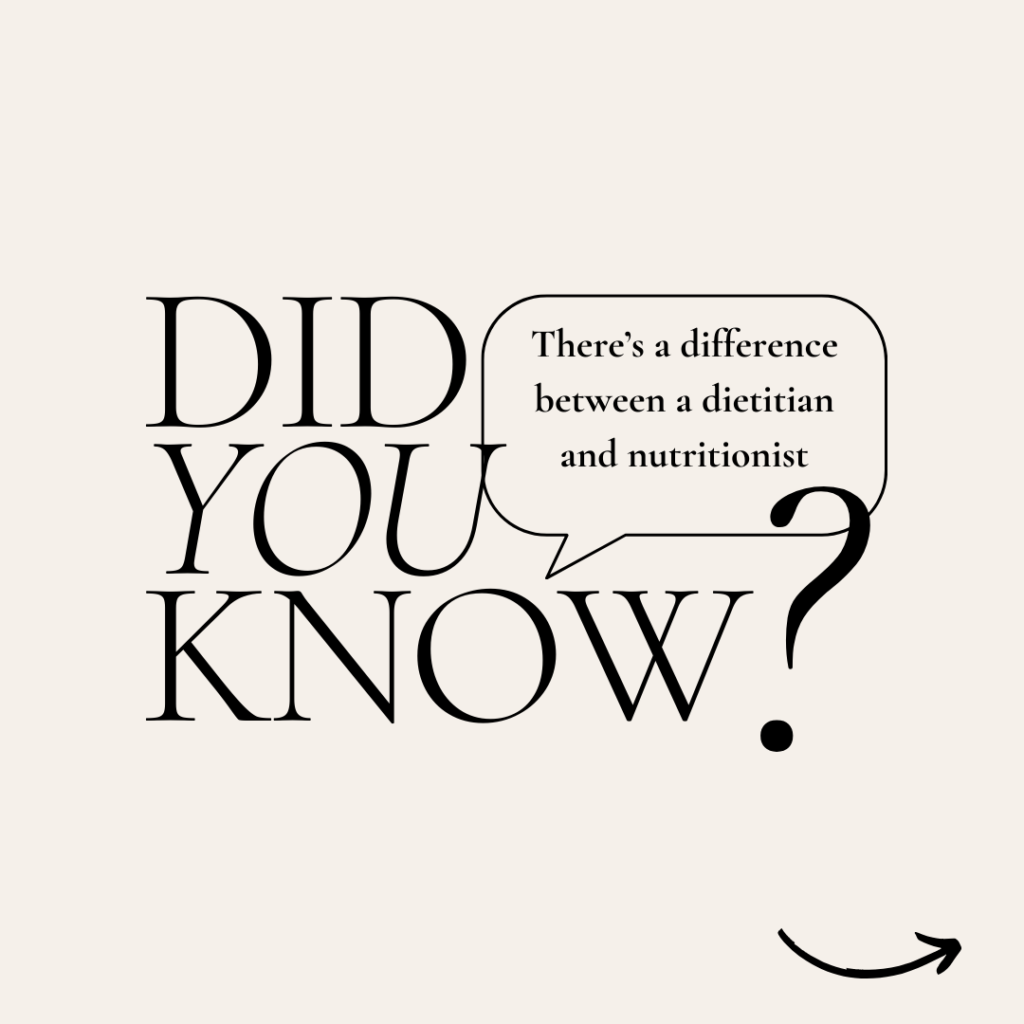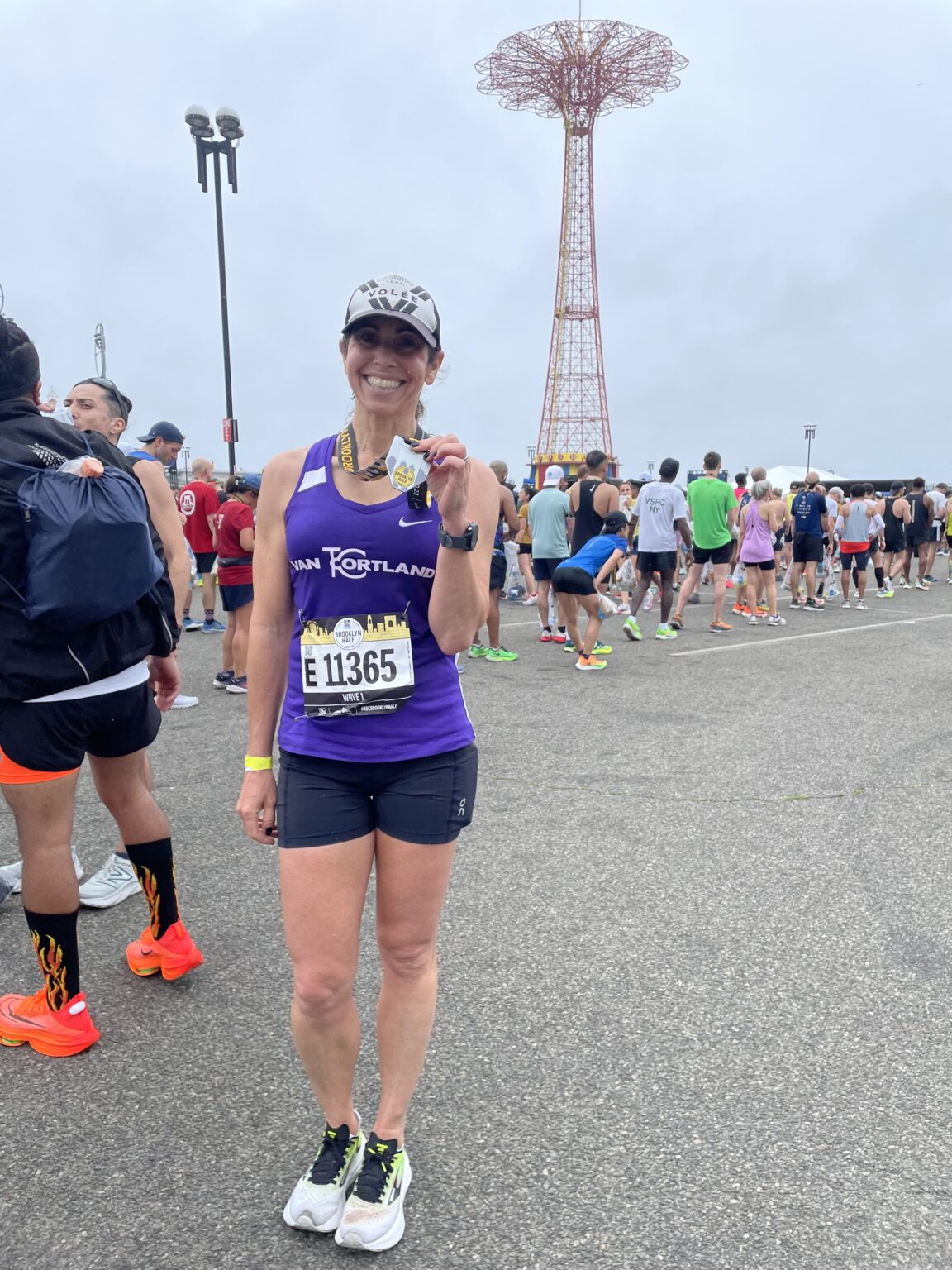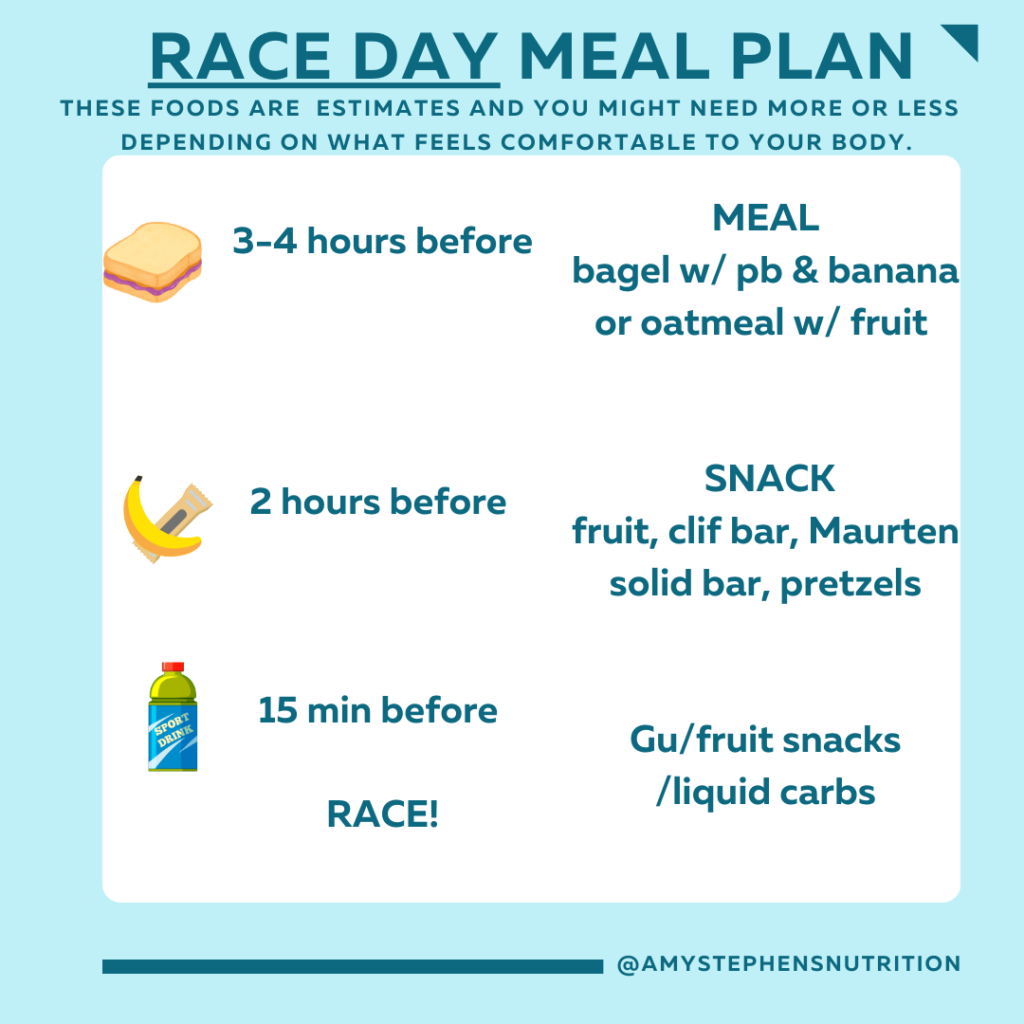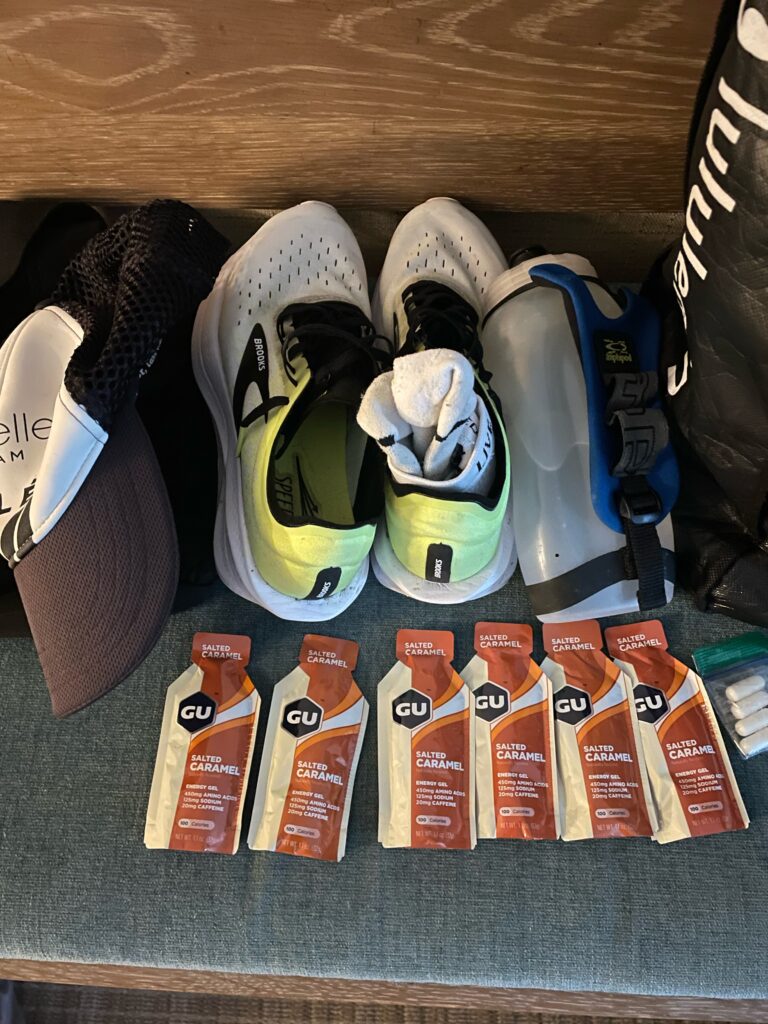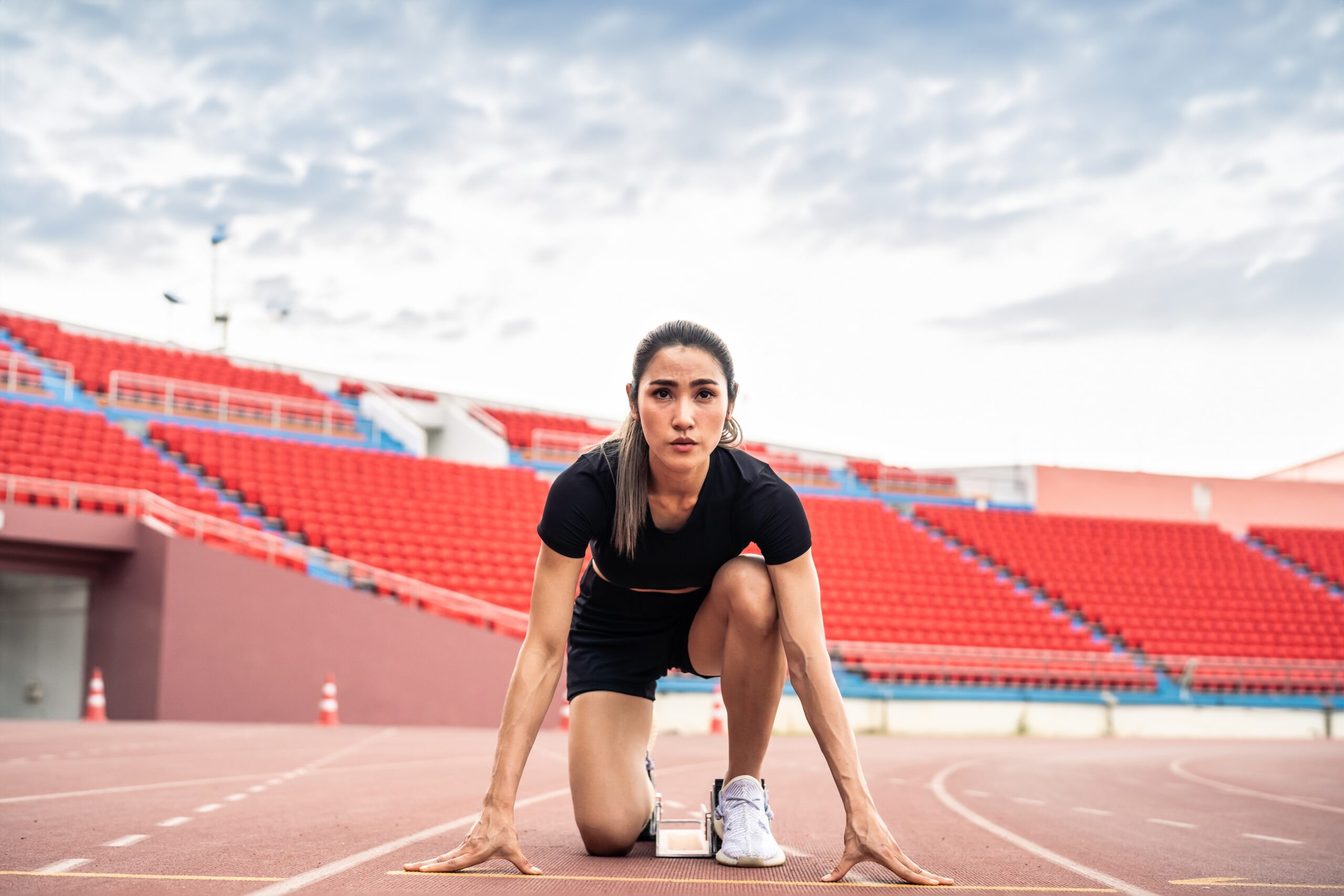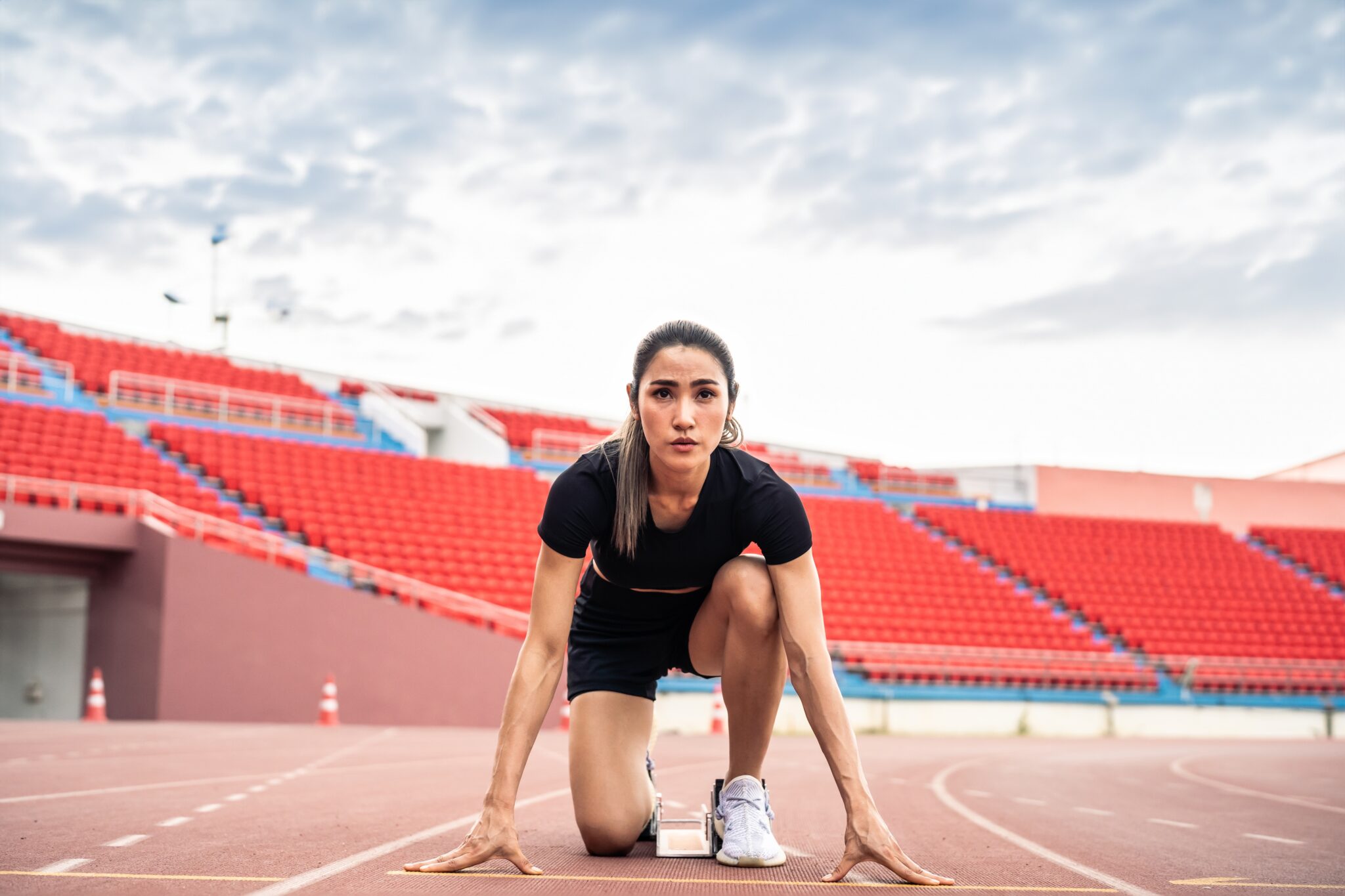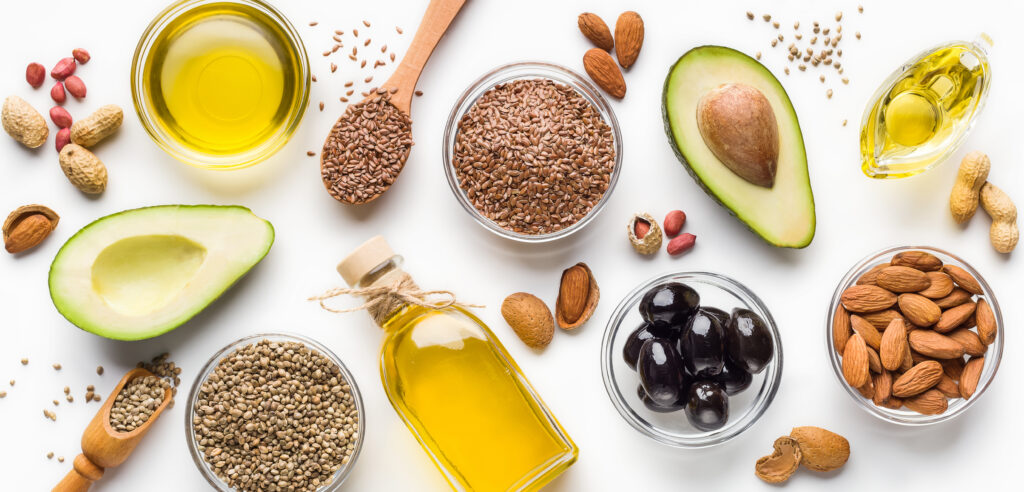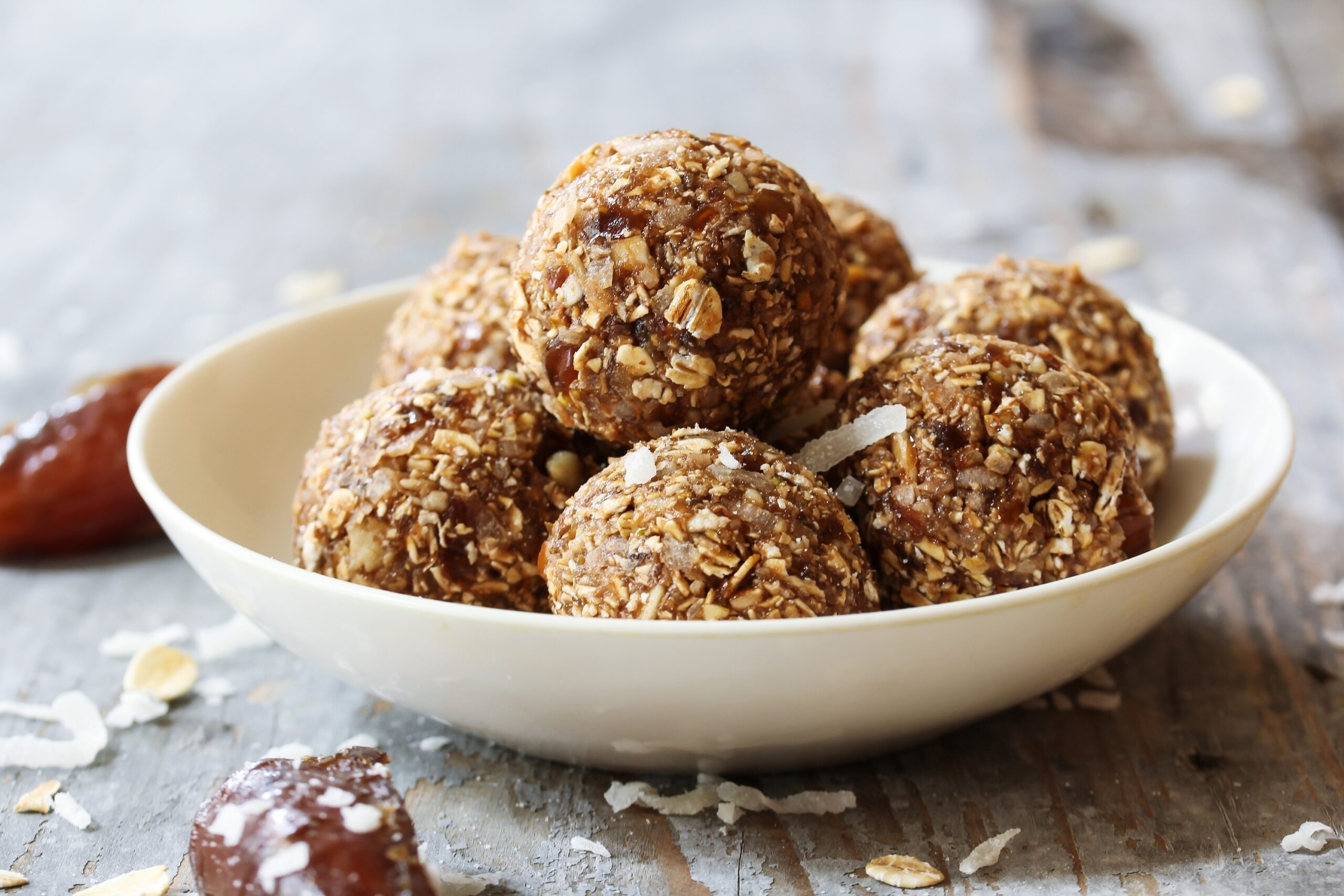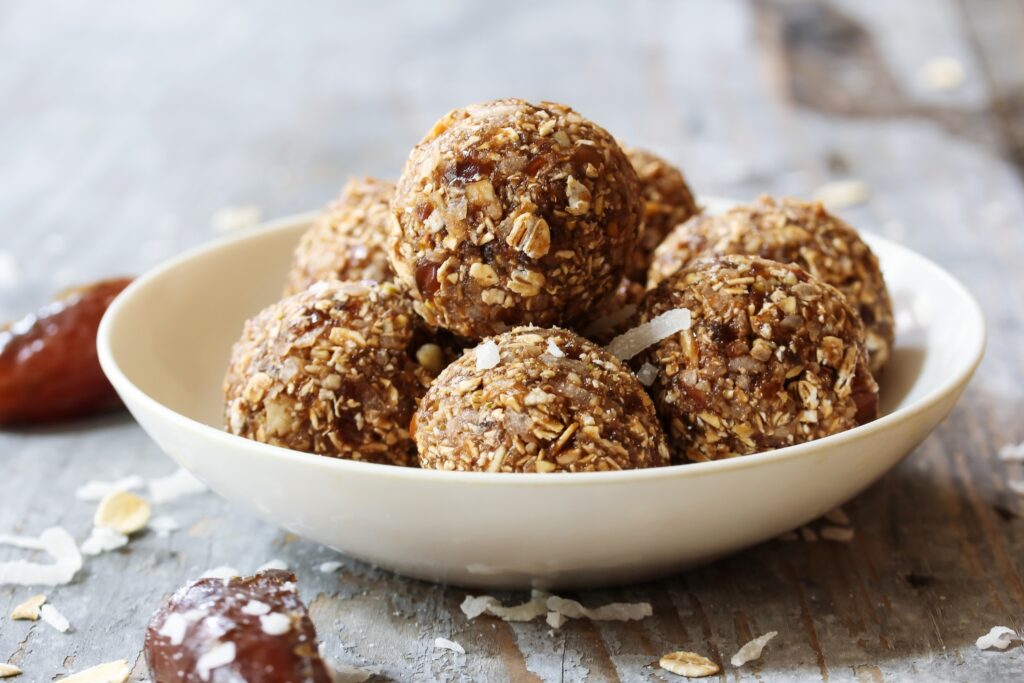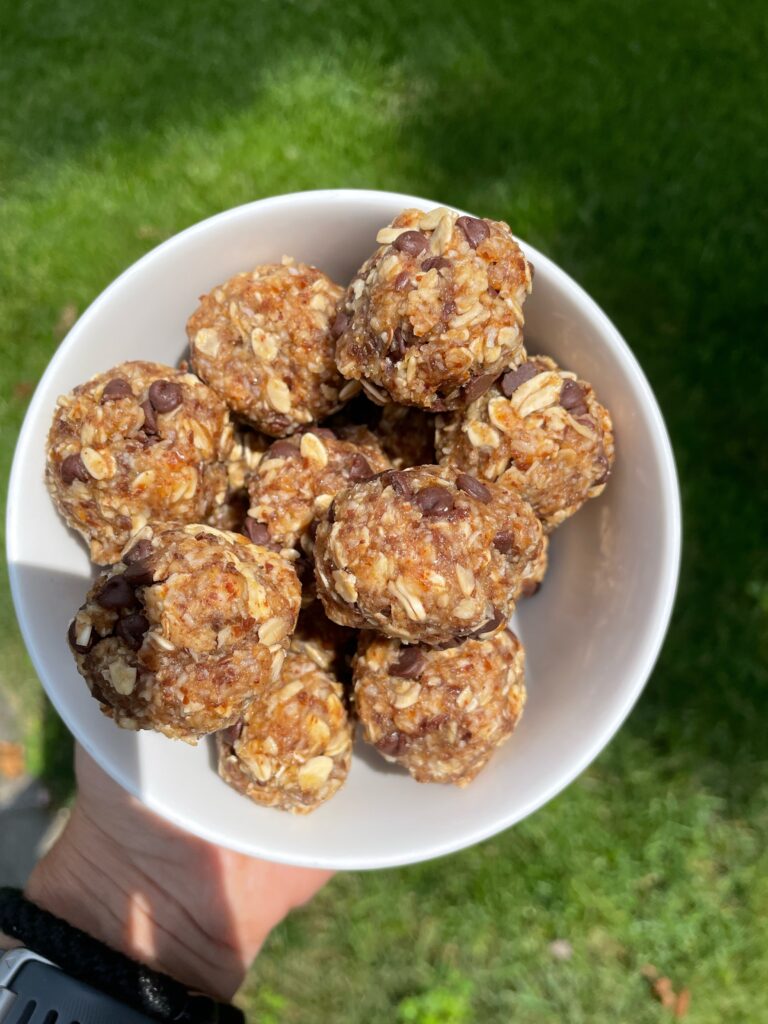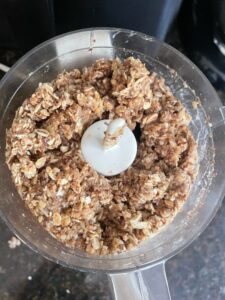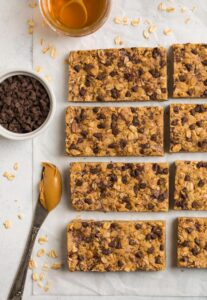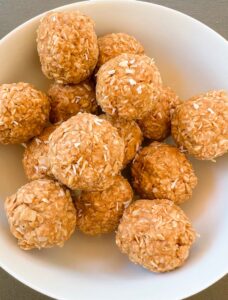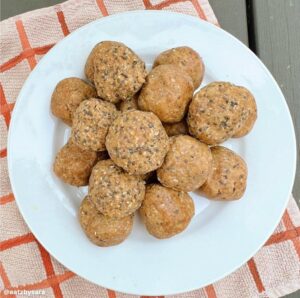The Illusion of Perfect Eating: Why Celebrity Diets Are Unrealistic
-
By Amy Stephens RDN CSSD
Sports Nutritionist NYC
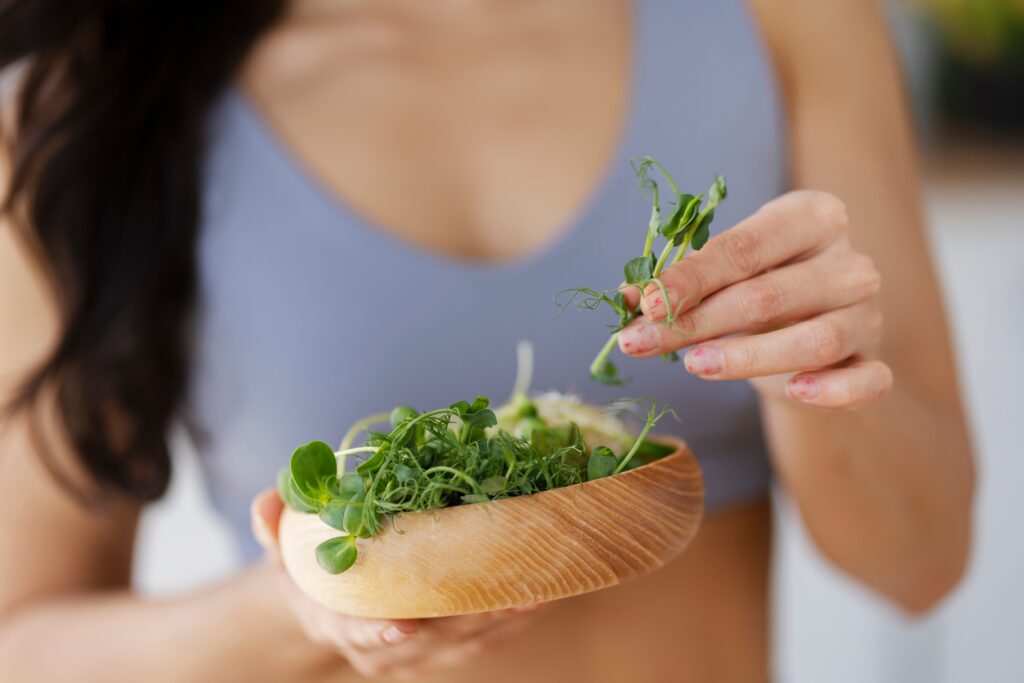
In today’s age of social media, it’s nearly impossible to scroll through our feeds without encountering a celebrity-endorsed diet plan or the latest trend in healthy eating. From Hollywood stars to Instagram influencers, everyone seems eager to share their secrets to achieving the perfect body through diet. But behind the glossy facade lies a harsh truth: many of these eating plans are not only unrealistic but also potentially harmful.
It’s no secret that celebrities and public figures face immense pressure to maintain a certain image. Whether it’s for a movie role, a photoshoot, or simply to keep up appearances, the pressure to look a certain way can be overwhelming. As a result, many turn to extreme diets or restrictive eating plans in an attempt to achieve the unattainable standards set by society.
The problem with these celebrity-endorsed diets is that they often promote unrealistic expectations and unhealthy habits. From juice cleanses to extreme calorie restriction to eliminating carbohydrates, these plans may promise quick results but rarely deliver sustainable long-term benefits. Be skeptical of celebrity endorsed plans, especially if they promote quick results. What’s more, they perpetuate the harmful notion that thinness equals health, ignoring the importance of nourishing the body with wholesome, balanced meals.
Dangers of celebrity diets
Celebrities have an opportunity to promote healthy eating behaviors however many do not. Recently, I was asked to review Kelly Ripa’s diet that was posted on Yahoo. After reviewing her typical day of eating, here’s what I discovered; she consumes about 1,600 calories and less than 50 grams of carbohydrates. The rest of her diet consists of green juices, nuts, and microgreens. This is not an appropriate amount of food for anyone, especially for an individual exercising one hour a day, as she claims. The average female that exercises one hour a day requires at least 2,200 calories and 300-400 grams of carbohydrates to meet nutrition needs. This amount is necessary to prevent injuries, optimize hormone production, keep up energy levels and prevent cravings. Consuming too few calories and carbohydrates can trigger increased hunger, cravings, moodiness and fatigue.
Younger individuals who are in the midst of their growth and development can be particularly susceptible to the influence of such information, which has the potential to cause even greater harm. They may try to mimic this type of eating despite being at a different stage of development. Calorie restriction can have both short and long-term consequences for this population. In the short term, younger individuals may experience mood swings, low energy and have trouble focusing in school. Longer term consequences can cause delayed or poor growth, hormonal changes and negative impact on mental health.
Social media
One needs only look at the rise of social media platforms like Instagram and TikTok to see the influence these diets can have on impressionable followers. By posting inappropriate diet messages, celebrities and influencers can reach millions of people, many of whom may be susceptible to the allure of quick-fix solutions for weight loss or improved health. But the reality is that these diets are often based on pseudoscience or anecdotal evidence, rather than sound nutritional principles. Celebrities have an opportunity to promote healthy eating and lifestyle.
It’s important to remember that what works for one person may not work for another, and that there is no one-size-fits-all approach to healthy eating. Being healthy is about nourishing your body with nutrient-rich foods, staying active, and prioritizing your mental health and overall well-being. The number on the scale does not equate with health or athletic performance.
Where to seek reliable information
As consumers, we must be critical of the content we consume and question the validity of so-called “expert” advice. Just because someone has a large following or appears on a talk show, doesn’t mean they’re qualified to dispense nutritional guidance. Instead, we should seek out reputable sources and consult with registered dietitians or qualified healthcare professionals for evidence-based information on healthy eating.
The best way to determine a reputable source is to check an individual’s credentials and look to see if they have proper training or a license to give nutrition advice. Merely offering advice doesn’t guarantee that the individual is properly trained or qualified to do so. Untrained “experts” can delay treatment or worsen a medical condition.
Registered dietitians (RD) hold a master’s degree from an accredited university and complete a 1,200 hour internship. Dietitians are governed by the certification on dietetic registration and can specialize in areas which require additional training for example, diabetes, sports nutrition, oncology, etc.
Medical doctors (MD) attend an accredited four year medical school and then train for a minimum of four years in a speciality area. Medical doctors are licensed and take multiple board examinations during training. They hold the highest level of education and training of any healthcare professional. The American Medical Association (AMA) is the governing agency. Doctors have privileges to prescribe, diagnose and treat medical conditions in their area of specialty.
It’s important to note that chiropractors are not MD’s and they cannot prescribe medications to treat medical conditions. Chiropractors treat bodily aches, pains, and conditions by using their hands and small instruments. They attend a four year chiropractic school and train for an additional 2-3 years. Chiropractors typically sell supplements.
In conclusion, the next time you come across a celebrity-endorsed diet or the latest trend in healthy eating, be skeptical. Ask yourself if the information is from a reliable source. Remember that being healthy is about balance, moderation, and nourishing your body —not deprivation or self-denial. Let’s shift the focus away from unrealistic expectations and toward sustainable, realistic approaches to nourishing our bodies and living our best lives.
